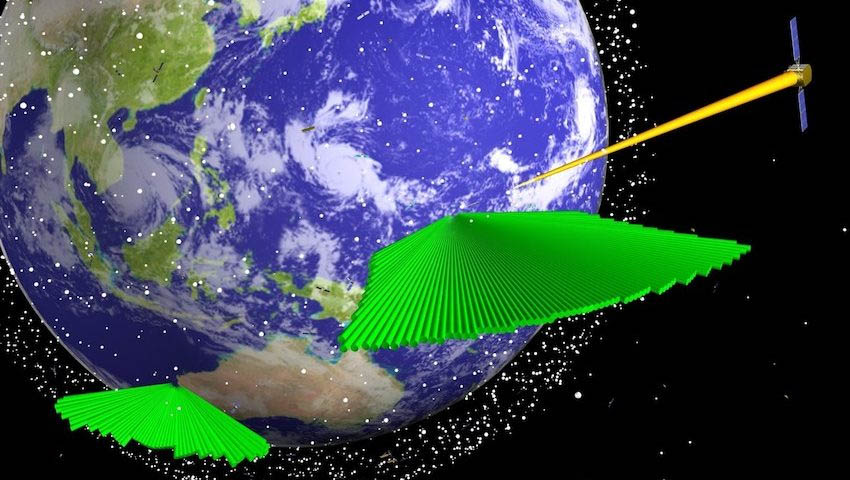Called Phantom Echoes, the experiment aims to demonstrate how allied SSA sensors and processing capabilities can be integrated to enhance their performance over that of individual systems working independently.
The aim is to improve space safety for satellites in and near geostationary orbit.
Phantom Echoes is being led by the UK Defence Science and Technology Laboratory (Dstl), with representatives from the Five-Eyes nations; the UK, US, Canada, Australia and New Zealand.
The two satellites set to rendezvous are the Northrop Grumman Mission Extension Vehicle (MEV-1) and communications satellite Intelsat I-901.
The idea is for MEV-1, launched last year, to link up to Intelsat I-901, which was launched in 2001 and remains fully functional but running low on fuel. MEV-1 will use its own onboard fuel for station keeping.
For five years of this service, Intelsat is paying new Northrop Grumman subsidiary Space Logistics an unspecified but substantial sum, which is still cheaper than building and launching a new satellite.
Phantom Echoes will feature a combination of simulation and real-world events to understand the strengths and constraints of each SSA system.
A co-operative observation campaign will be conducted using allied ground-based telescopes and space-based sensors to observe the hookup of the two satellites around 36,000 kilometres above the Earth.
The Phantom Echoes team will use this event to understand the challenges posed in observing this unique mission.
Information acquired will be used to advise the development of operational SSA architectures within the Coalition Space Operations (CSPO) initiative.
Quite what part Australia will play hasn’t been specified. Australia has a keen interest in SSA and hosts a number of ground-based SSA sensors.

